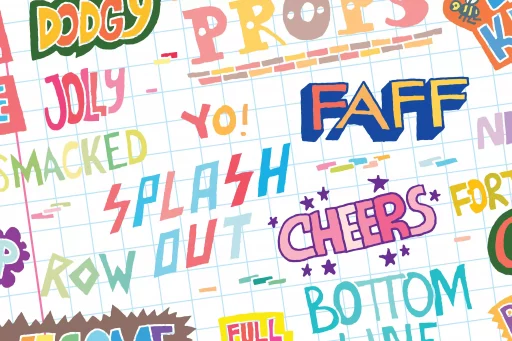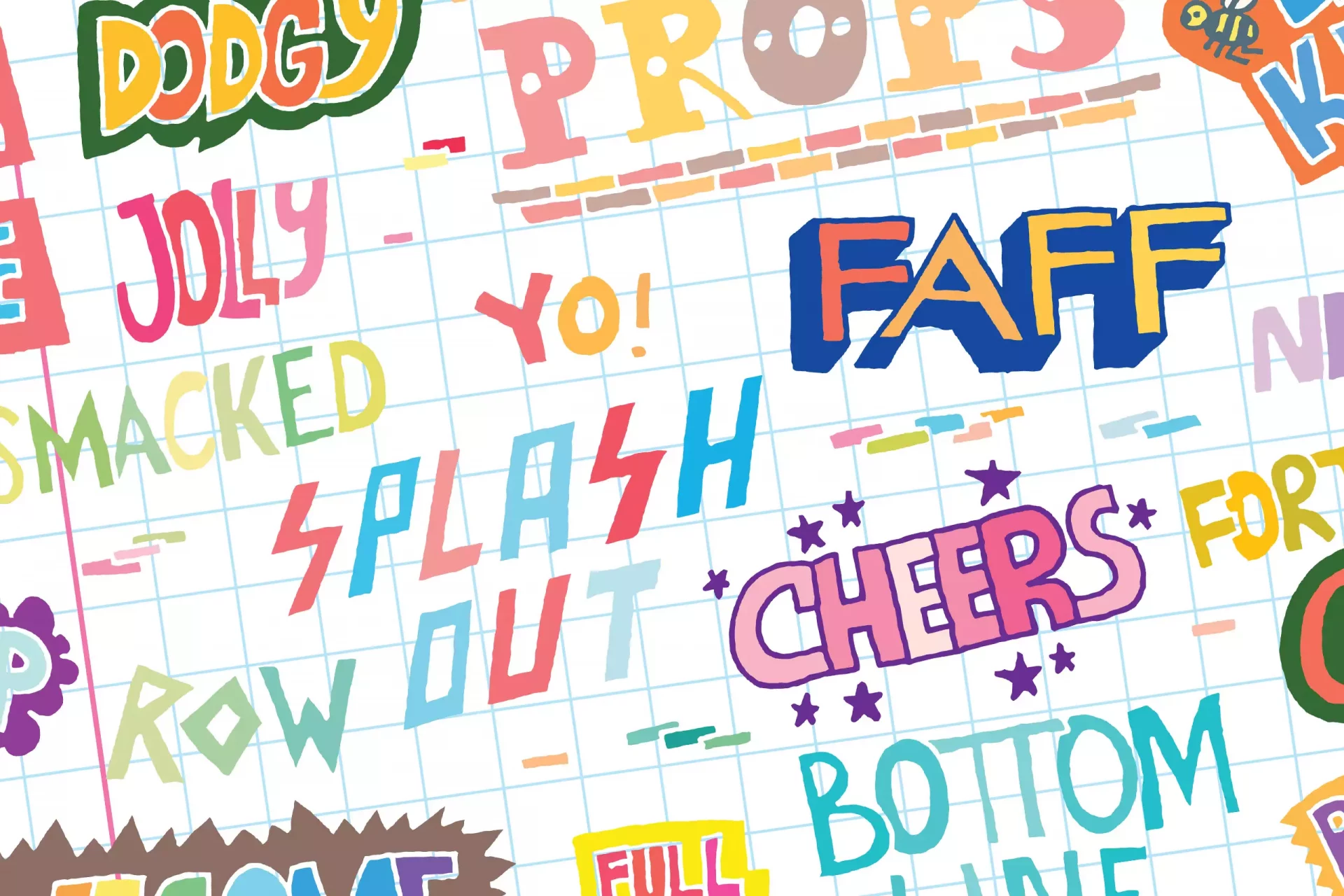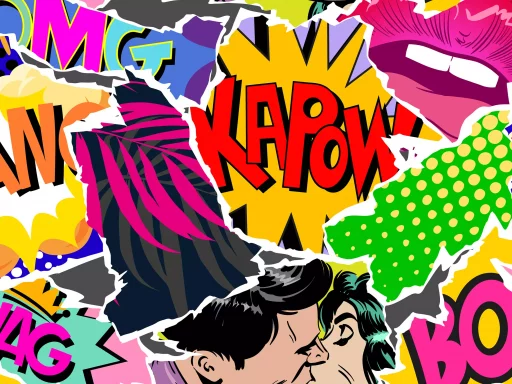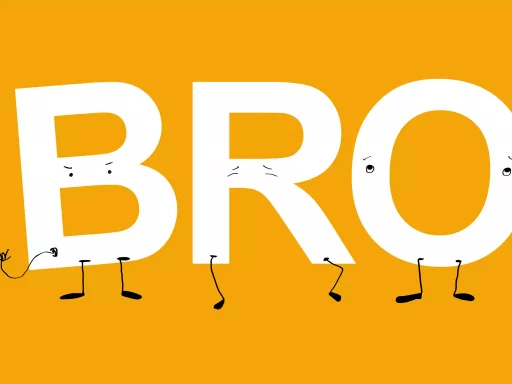Introduction to Cab Slang
In the world of taxis and ride-sharing, a unique form of language has emerged among drivers and passengers alike. This lexicon, often referred to as “cab slang,” serves not only as a means of communication but also as a way of building community and navigating the nuances of the urban landscape. From code words to phrases that only insiders understand, cab slang is a reflection of the diverse cultures and experiences that converge in the bustling world of transportation.
The Evolution of Cab Slang
Cab slang is not a static language; it evolves with the times, influenced by cultural shifts, technological advancements, and the experiences of drivers on the road. In the early days of taxi services, cab slang was primarily adopted by drivers, enabling them to share location information, tips, and warnings. Today, it has expanded to include passengers who partake in a shared ride experience.
Common Examples of Cab Slang
Below are some commonly used terms and phrases in cab slang:
- Deadhead: A cab driver without a passenger, often heading back to the taxi stand or waiting for a new fare.
- Surge pricing: A term used in ride-sharing contexts to indicate increased fares due to high demand.
- Flipping the meter: A driver action that refers to the moment they start the fare meter when picking up a passenger.
- Cabbie: An affectionate term for taxi drivers, derived from the word cab.
- Drop-off: The destination where the passenger is being taken.
Case Studies: Regional Variations
Just as languages vary across regions, cab slang also exhibits regional characteristics. Here are some notable examples:
- New York City: Known for its fast-paced lifestyle, New York cabbies often use terms like “the airport” to refer specifically to LaGuardia Airport, with the phrase “taking the bridge” signaling a route change when encountering traffic.
- Chicago: In Chicago, cab drivers might refer to “the Loop” when talking about the downtown area and use “the blues” to denote heavy traffic.
- Los Angeles: L.A. cab drivers may use the term “Hollywood” when referring to the iconic area and describe traffic jams as “gridlock” or “the 405 crawl” based on the notorious 405 Freeway.
The Role of Technology in Cab Slang
Technology has played a significant role in the evolution of cab slang. The rise of rideshare apps like Uber and Lyft has introduced new terminology and concepts. For instance, “Uber Pool” and “Lyft Line” have entered the vocabulary to describe shared rides, while terms like “rating” and “driver profile” highlight the importance of feedback and accountability in this new era of transportation.
Statistics on the Use of Cab Slang
Studies indicate that the understanding of cab slang correlates with the usability and efficiency of urban transportation. A survey conducted by the International Journal of Transportation found that:
- 75% of drivers reported using cabin slang daily.
- 58% of passengers said that familiarity with cab slang made their experience smoother.
- More than 30% of passengers admitted they learned cab slang from their drivers to feel more connected.
Importance of Cab Slang in Driver-Passenger Relations
Cab slang plays a critical role in shaping the dynamics between drivers and passengers. A common linguistic ground often leads to better rapport, creating a welcoming atmosphere. Instances where drivers engage passengers with slang have shown increased satisfaction ratings in customer surveys.
The Future of Cab Slang
As urban environments continue to change with technological advances and shifts in demographics, cab slang will likely adapt accordingly. New phrases will evolve, and some may fade away, but the essence of cab slang—creating a shared space for connection—will remain central to the transportation experience.
Conclusion
Cab slang is a fascinating linguistic phenomenon that reflects the complexities and vibrancy of urban life. It serves as a bridge between different cultures and backgrounds, fostering mutual understanding and enhancing the overall travel experience. Next time you hop in a cab or rideshare, pay attention to the terms used, and you may just find yourself partaking in this lively, evolving dialogue.






